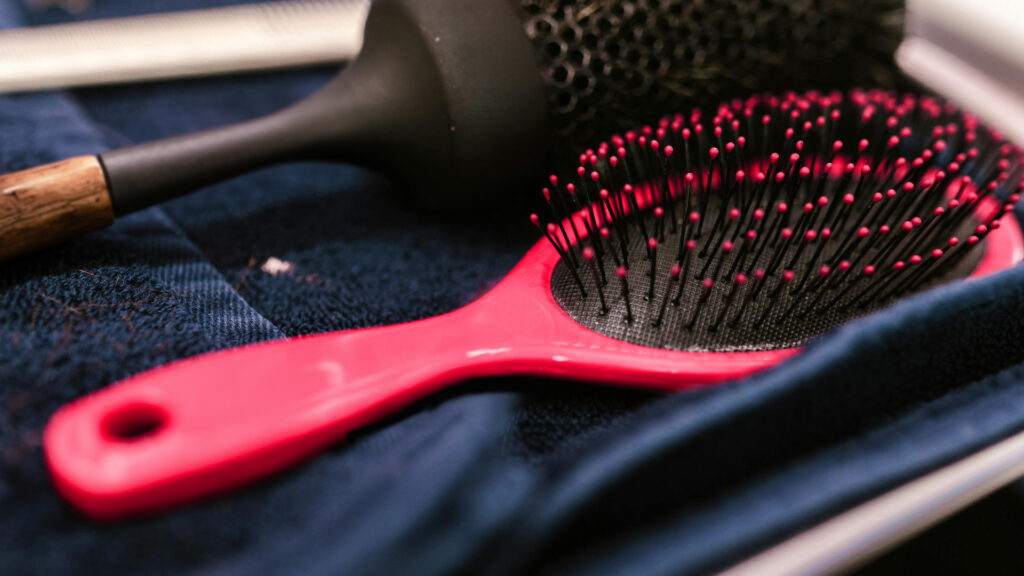Snake plants, also known as Sansevieria trifasciata or Mother-in-Law’s Tongue, are popular houseplants known for their hardiness and aesthetic appeal. Not only is it nearly indestructible, tolerating neglect and low light like a champ, but it also multiplies readily, allowing you to fill your home with its striking upright foliage.
One of the most exciting aspects of owning a snake plant is the ease with which it can be propagated. This article will guide you through the process of snake plant propagation, exploring all the effective methods and providing you with the knowledge and confidence to grow and enjoy these plants in every corner of your home.

Why Propagate Snake Plants?
There are countless reasons to propagate your snake plant:
- Create more plants for free: This is an economical way to fill your own space or share the love with friends and family.
- Fill empty corners: Snake plants add instant drama and vertical interest to any room.
- Revitalize older plants: If your snake plant is looking leggy or sparse, propagation can help rejuvenate it.
- Experiment with different varieties: Share cuttings with fellow plant enthusiasts and swap unique cultivars.
Understanding Snake Plant Propagation
Propagation refers to the process of growing a new plant from the parts of an existing one. In the case of snake plants, this can be achieved through several methods, including leaf cuttings, division, and rhizome propagation. Each method has its own set of steps and considerations, which we will explore in detail.
Preparation is Key
Before embarking on your propagation journey, ensure your snake plant is healthy and thriving. Choose a mature plant with thick, firm leaves. Water it thoroughly a few days before propagation to plump up the leaves and encourage root growth.
Get best deals on Snake Plants
Propagating Snake Plant from Leaf Cuttings
Leaf cutting is the most common method of snake plant propagation. It involves cutting a leaf from the mother plant and planting it in soil or water to grow a new plant. Here’s how to do it:
- Choose a Healthy Leaf: Select a healthy, mature leaf from your snake plant. Avoid leaves that show signs of disease or pest infestation.
- Make a clean cut: Using a clean, sharp knife, cut the leaf at the base. You can then cut the leaf into smaller sections, each about 2-3 inches long. Remember, the bottom end of each section (the end that was nearest the soil on the mother plant) should be planted into the soil.
- Callus the cuttings: Allow the cut ends of the leaf sections to dry out for a day or two until a callus forms. This helps prevent rot when the cuttings are planted.
- Plant the cuttings: Place the calloused ends in well-draining soil mix, covering only about 1 inch of the cutting.
- Water and wait: Keep the soil slightly moist but not soggy. New growth should appear in 4-6 weeks.
Propagating Snake Plant from Leaf Sections
This method is even more efficient, as you can get multiple plantlets from a single leaf.
- Cut the leaf into smaller sections: Each section should be about 1-2 inches long and contain at least one node (the small bumps where leaves emerge).
- Lay the sections flat on soil: Place the sections horizontally on well-draining cactus mix, with the cut ends facing down.
- Cover lightly with soil: Gently press some soil onto the sections to secure them.
- Water and wait: As with leaf cuttings, maintain slightly moist soil and watch for new growth in 4-6 weeks.
Propagating Snake Plant through Division
Division is a propagation method that involves separating the plant into two or more parts, each with its own root system. This method is ideal for mature snake plants that have become too large or crowded.
- Remove the Plant from its Pot: Carefully remove the snake plant from its pot, trying to keep the root system intact.
- Divide the Plant: Using your hands or a clean, sharp knife, divide the plant at the rhizomes (the thick, underground stems from which the leaves grow). Each division should have at least one healthy leaf and a portion of the root system.
- Replant the Divisions: Plant each division in a new pot with fresh, well-draining soil. Water lightly until the plant is established.
Propagating Snake Plant from Rhizomes
Snake plants naturally produce rhizomes that can be used for propagation. This method is similar to leaf cutting but involves the rhizomes.
- Unearth a Rhizome: Carefully unearth a rhizome from the soil around your snake plant. It should be plump and healthy-looking.
- Plant the Rhizome: Plant the rhizome in a new pot with well-draining soil, ensuring it is covered by about an inch of soil.
- Wait for Growth: Water sparingly and wait. In time, new shoots should emerge from the rhizome.
Bonus Tip: For faster root growth, you can dip the cut ends of your leaves or sections in rooting hormone before planting.
Aftercare for Happy Snakelets
Once your baby snake plants start sprouting new leaves, here’s how to care for them:
- Light: Provide them with bright indirect light. Avoid direct sunlight, which can scorch the leaves.
- Watering: Water when the soil is dry to the touch. Overwatering is the enemy of snake plants.
- Fertilizing: Feed lightly with a balanced fertilizer once a month during spring and summer.
- Potting up: As your snakelets grow, repot them into larger containers with fresh cactus mix when they outgrow their current pots.
The Joy of Propagation
Propagating snake plants is a rewarding experience that allows you to witness the magic of life unfolding right before your eyes and to expand your collection so you can share these wonderful plants with others. With patience and care, you can propagate snake plants and enjoy their beauty in every corner of your home.
Remember, the key to successful propagation is understanding the needs of the snake plant and providing the right conditions for growth. Happy planting!
Some links in this article are affiliate links, which means that if you click and make a purchase, we receive a small commission. Importantly, this does not incur any extra cost for you, the customer. It helps us continue offering valuable content and recommendations.



